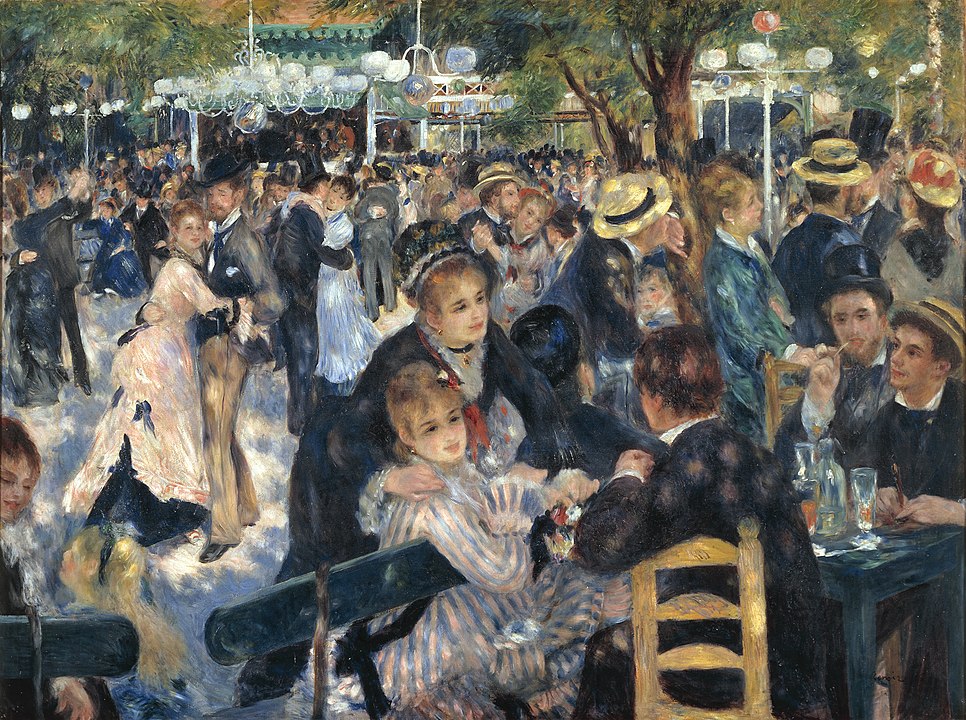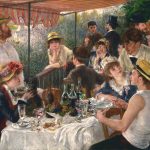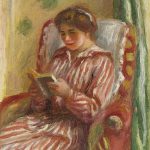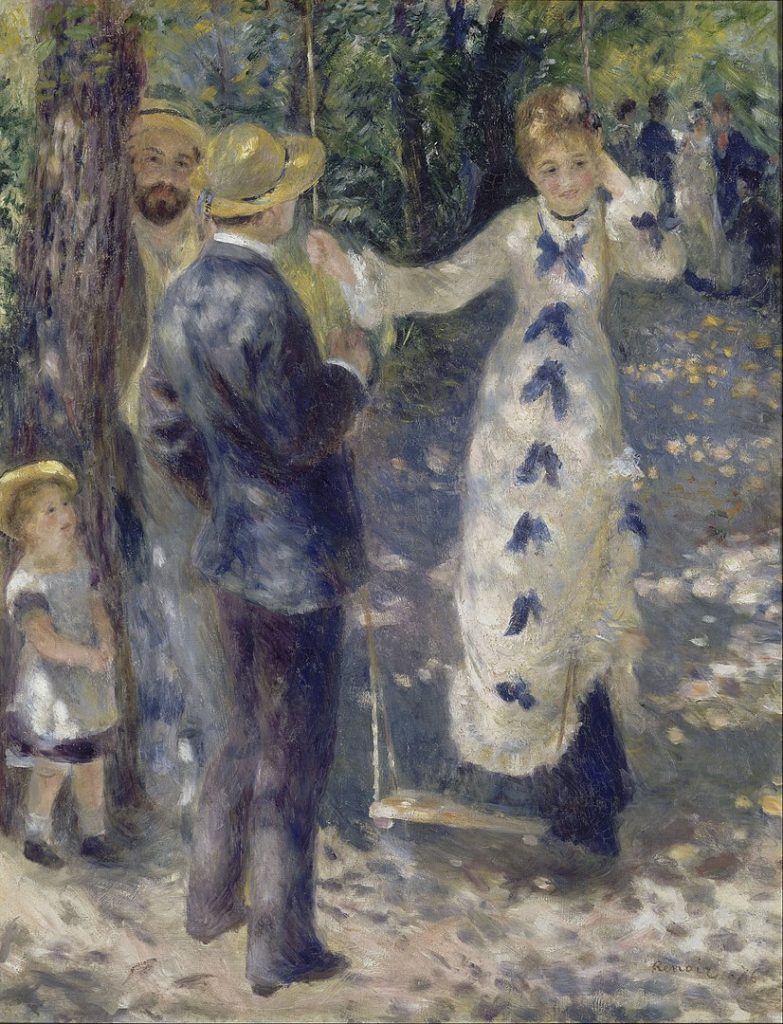
Pierre-Auguste Renoir (1841–1919) was a French artist and one of the leading figures of the Impressionist movement. Known for his vibrant and light-filled paintings, Renoir’s work often depicted scenes of daily life, landscapes, and portraits.
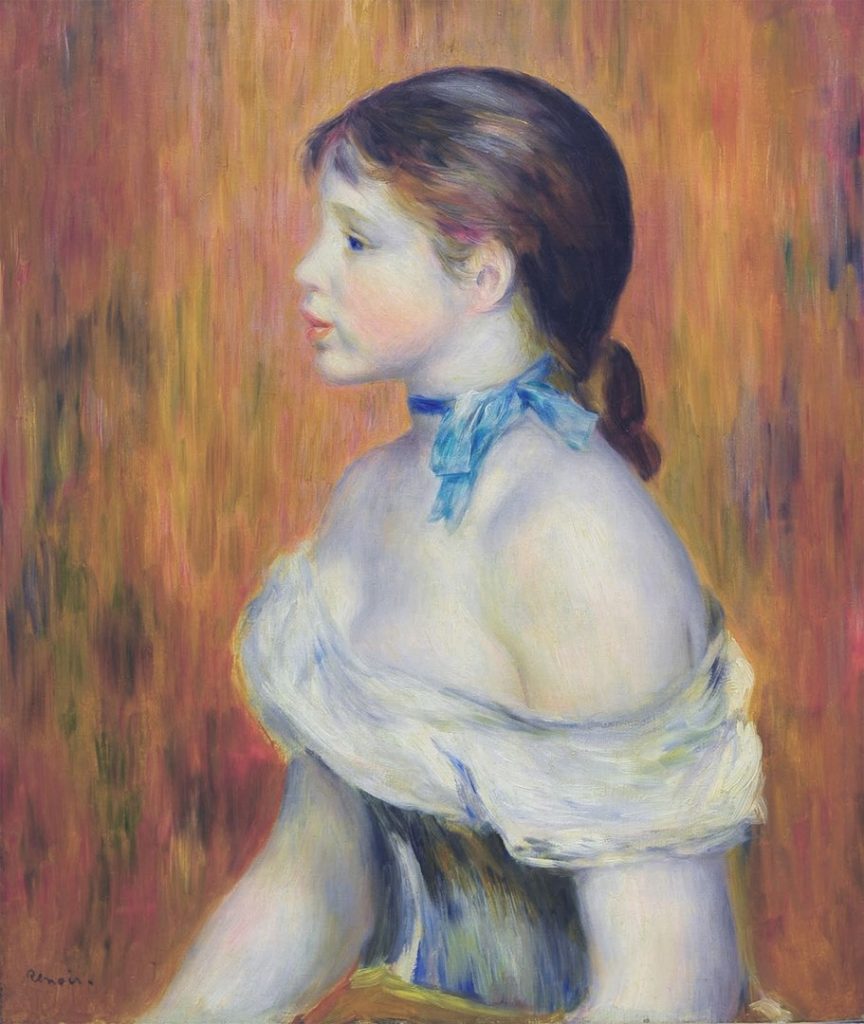
- Early Life: Pierre-Auguste Renoir was born on February 25, 1841, in Limoges, France. His family moved to Paris when he was a child. Despite economic hardships, Renoir’s parents supported his artistic inclinations.
- Apprenticeship: Renoir began his artistic career as an apprentice to a porcelain painter and later worked in a workshop that produced decorative arts. These experiences influenced his interest in color and detail.
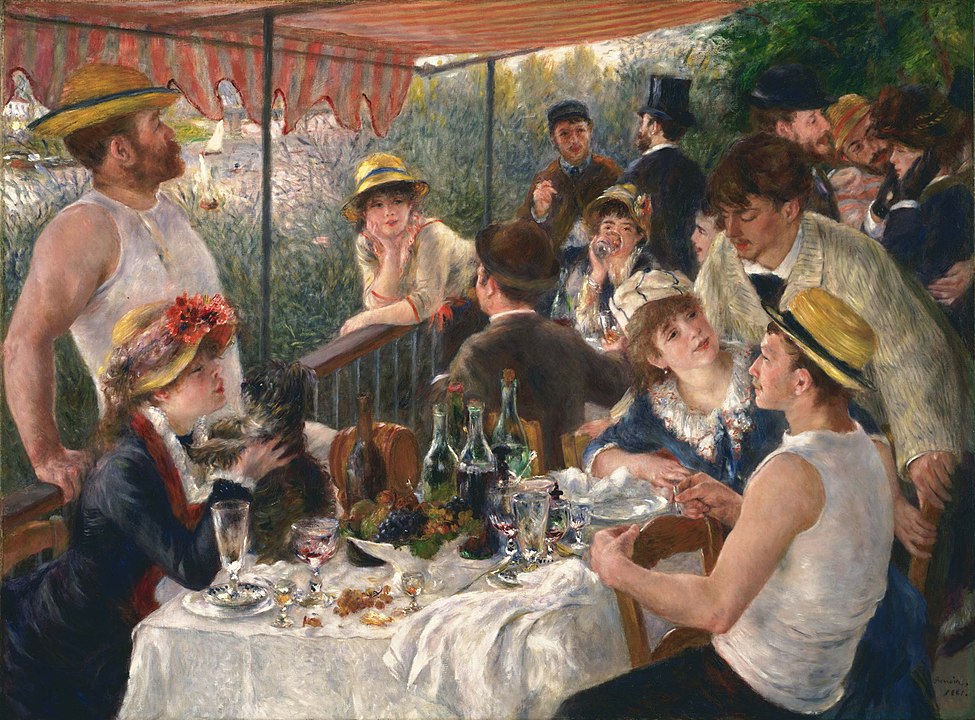
- Academic Training: Renoir studied at the École des Beaux-Arts and joined the studio of Charles Gleyre. During this period, he befriended other aspiring artists, including Claude Monet, Frédéric Bazille, and Alfred Sisley.
- Impressionism: Renoir became a key member of the Impressionist movement, participating in the first Impressionist exhibition in 1874. The movement sought to capture the transient effects of light and color in a scene, often using loose brushstrokes.
- Style: Renoir’s early style was characterized by the use of bold colors and loose brushwork. His subjects included landscapes, scenes of modern life, and portraits. His portrayal of people, particularly women and children, became a hallmark of his work.
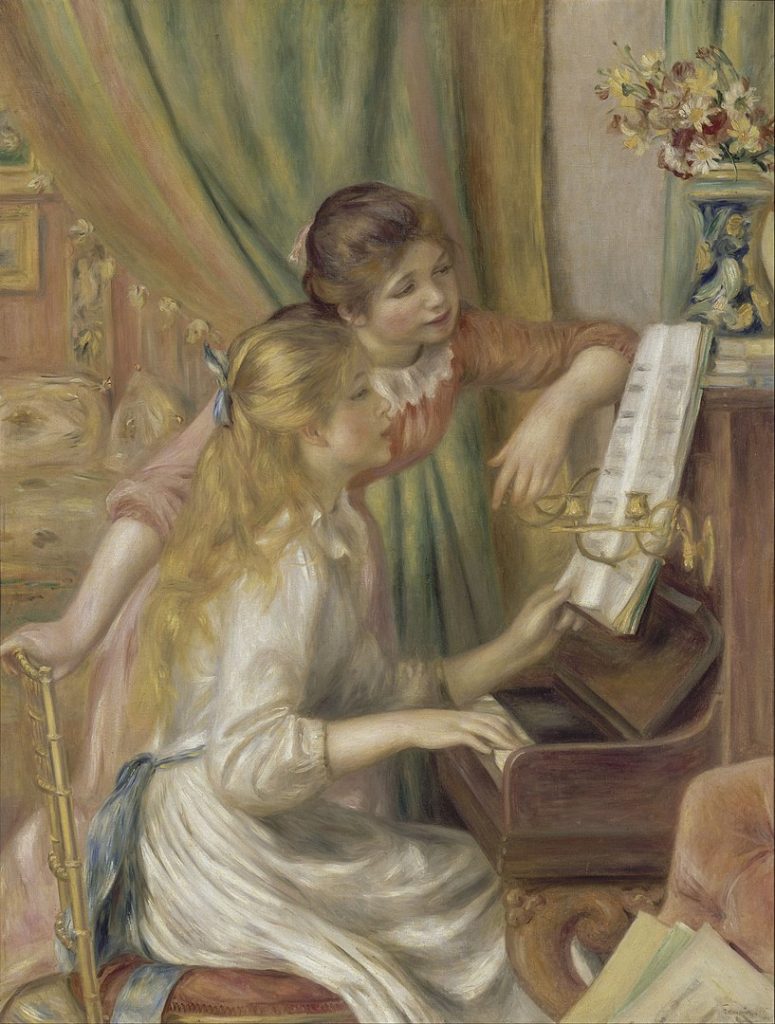
- Famous Paintings: Some of Renoir’s most well-known paintings include “Luncheon of the Boating Party,” “Dance at Le Moulin de la Galette,” and “Bal du moulin de la Galette.” These works showcase his skill in capturing the vitality of social gatherings.
- Portraiture: Renoir was an accomplished portraitist, and he painted numerous portraits of friends, family, and notable figures of his time. His portraits are characterized by a warmth and sensitivity to the personalities of his subjects.
- Later Style: In the later years of his career, Renoir’s style evolved. He moved away from the more radical techniques of Impressionism and adopted a more classical approach. His later works are characterized by a smoother, more controlled brushstroke.
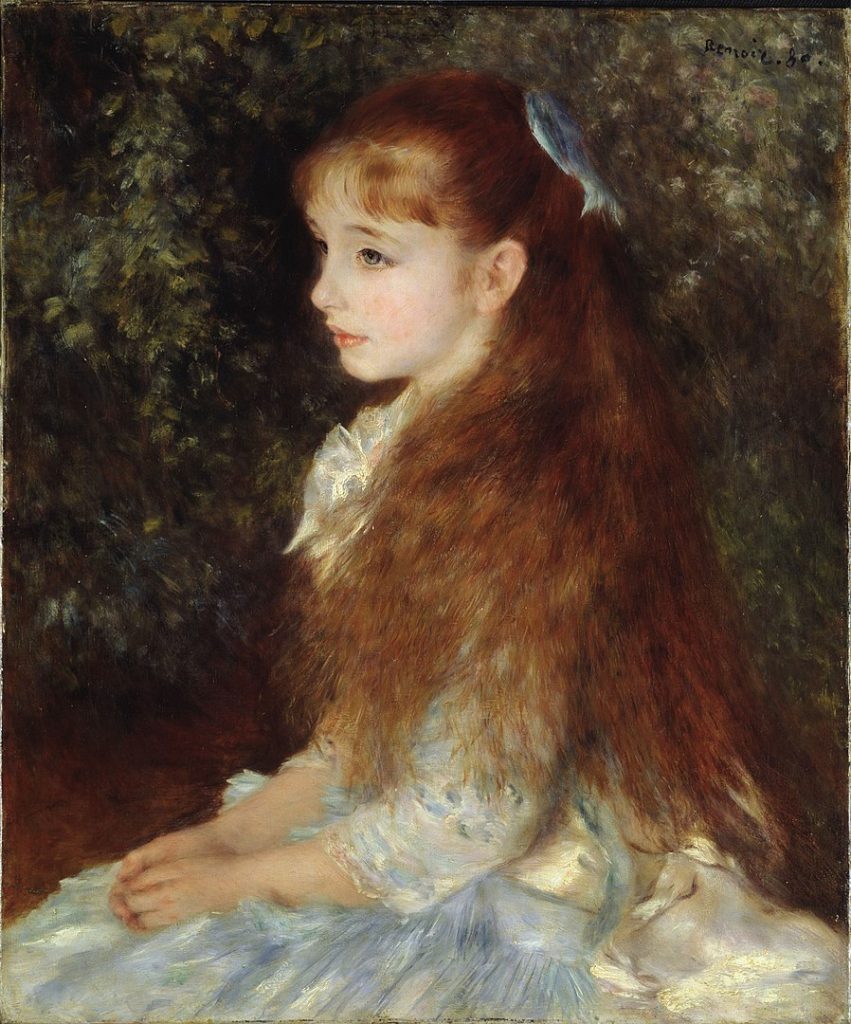
- Travels: Renoir traveled extensively, seeking inspiration in various locations, including Algeria, Italy, and the south of France. The changing landscapes influenced his choice of subjects and color palettes.
- Health Challenges: In the latter part of his life, Renoir faced health challenges, including arthritis, which affected his ability to paint. Despite physical limitations, he continued to work, adapting his techniques to accommodate his condition.
- Legacy: Pierre-Auguste Renoir’s contributions to art are immense. His impact on the Impressionist movement, along with his influence on later artistic developments, has left an indelible mark. Renoir’s work is celebrated for its beauty, charm, and the way it captures the joy of everyday life.
- Death: Renoir passed away on December 3, 1919, in Cagnes-sur-Mer, France. Despite facing health challenges in his later years, his artistic legacy endures, and his paintings are admired and studied worldwide.
